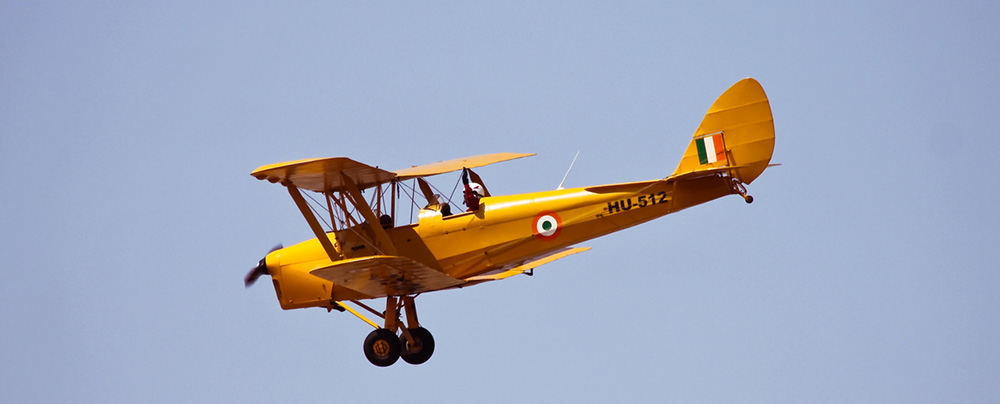When Captain Brian Dunn first sat in the cockpit of a Tiger Moth in the late 1940s, it marked the start of six decades of dedication to air safety in New Zealand.
Captain Brian, as he was affectionately known by colleagues and peers, died in 2023 at the age of 91, after spending nearly half his career at the CAA. He retired from his role of Air Transport Inspector Flight Operations in 2014.
He joined the CAA as Controller of Airlines in 1987 and, apart from a short stint introducing jet aircraft to Polynesian Airlines in 1992, he remained with the CAA for the rest of his working life.
His sense of adventure – and his admiration for his elder brother Mervyn’s flying assignments in World War II – inspired his interest in aviation.
But it was his connection to people, and his deep care for their welfare, that drove his commitment to aviation safety.
The ethics and principles he applied to air safety over many decades are woven into the fabric of the CAA.
Pivotal moments
Captain Brian was first confronted with the reality of losing someone close in an air accident in 1951, when his flight instructor, Lieutenant Dereck Varkevisser, died when a student spun off a gliding turn.
“That upset me very much, because I thought the world of him,” he said in an interview with Vector some years ago.
He later realised that the death of his instructor triggered the safety ethic that became the hallmark of his career.
Other tragedies, including the crash of a DC-3 on the Kaimai Ranges in 1963, and the Erebus disaster in 1979, spurred him on to further develop his skills in aviation safety and accident prevention and investigation. This included a course of study at the University of Southern California, which cemented his role as a go-to person for determining the cause of air accidents in New Zealand.
He was a board member for Air New Zealand for a time, and a technical director for the New Zealand Airline Pilots’ Association.
Bringing everyone home safe
Captain Brian was renowned among the young pilots he flew with for impressing on them his ‘one-day commitment’ – the promise he made to himself every day that he would do nothing to endanger the aircraft or the people in it.
This philosophy served him well, from his Tiger Moth training at age 17, through his lengthy career flying many aircraft, including the Vampire strike jet for the RNZAF and the Boeing 767 for Air New Zealand.
He had not so much as a close call in his 20,000+ flying hours, and said his proudest achievement was “having the same number of landings as take-offs”.

Photo: iStock.com/KuntalSaha
“A safety record like this over so many flying hours is what the CAA would like all pilots to aspire to,” says CAA Deputy Chief Executive (Aviation Safety) David Harrison.
“And the way in which he did it was really quite clever. He took just one day at a time, vowing that, ‘Today I will fly safely’, and he stuck to that commitment for just that one day. Then the next day he made the same commitment, and stuck to it that day, and so on the next day, and the one after that.
“Quite achievable day by day, but adding up to years of safe flying. No wonder the CAA chose his image years ago to illustrate an aviation safety poster.”
His poster “Aviation safety needs you!” was used by regulators all over the world.
Fond memories
Brian’s long-time colleague and best friend at the CAA, former Flight Operations Manager Peter Underwood, remembers him as a very fair-minded person who made sure any pilot being investigated got a ‘fair go’, reflecting his philosophy that everyone makes mistakes, but the important thing is fixing them.
Bob Fletcher, Air New Zealand’s head of flight operations (technical support) for 22 years until 2017, had many interactions with Captain Brian over the years, in the area of regulatory approvals.
“Brian had a wealth of operational knowledge and experience. As an individual, he brought integrity and credibility to the decisions made within the CAA. On most operational matters we were on the same page as Brian, while on some we had differing operational perspectives, but those challenges were healthy and contributed to aviation safety. He always had my respect.”
CAA Inspector Terry Curtis says Captain Brian’s safety ethic “went into all facets of his life”.
“He was my mentor when I first worked for the CAA 20 years ago. He welcomed me into the CAA, saying he had flown with my father and I had something to live up to! So that was my starting point, and I had this person I could go to about anything.
“I had to be assessed for various aspects of the job, and Brian was the person who did that. It was quite enjoyable. He was very particular about getting things right and keeping things safe.”
A busy retirement
On retiring from the CAA in 2014 at the age of 82, Brian’s love of aviation was unabated and he enjoyed flights in a restored bright yellow Tiger Moth based at Mandeville in Southland.
Brian’s wife Moira died in 2022. They are survived by their five children, 13 grandchildren, and one great-grandchild.
